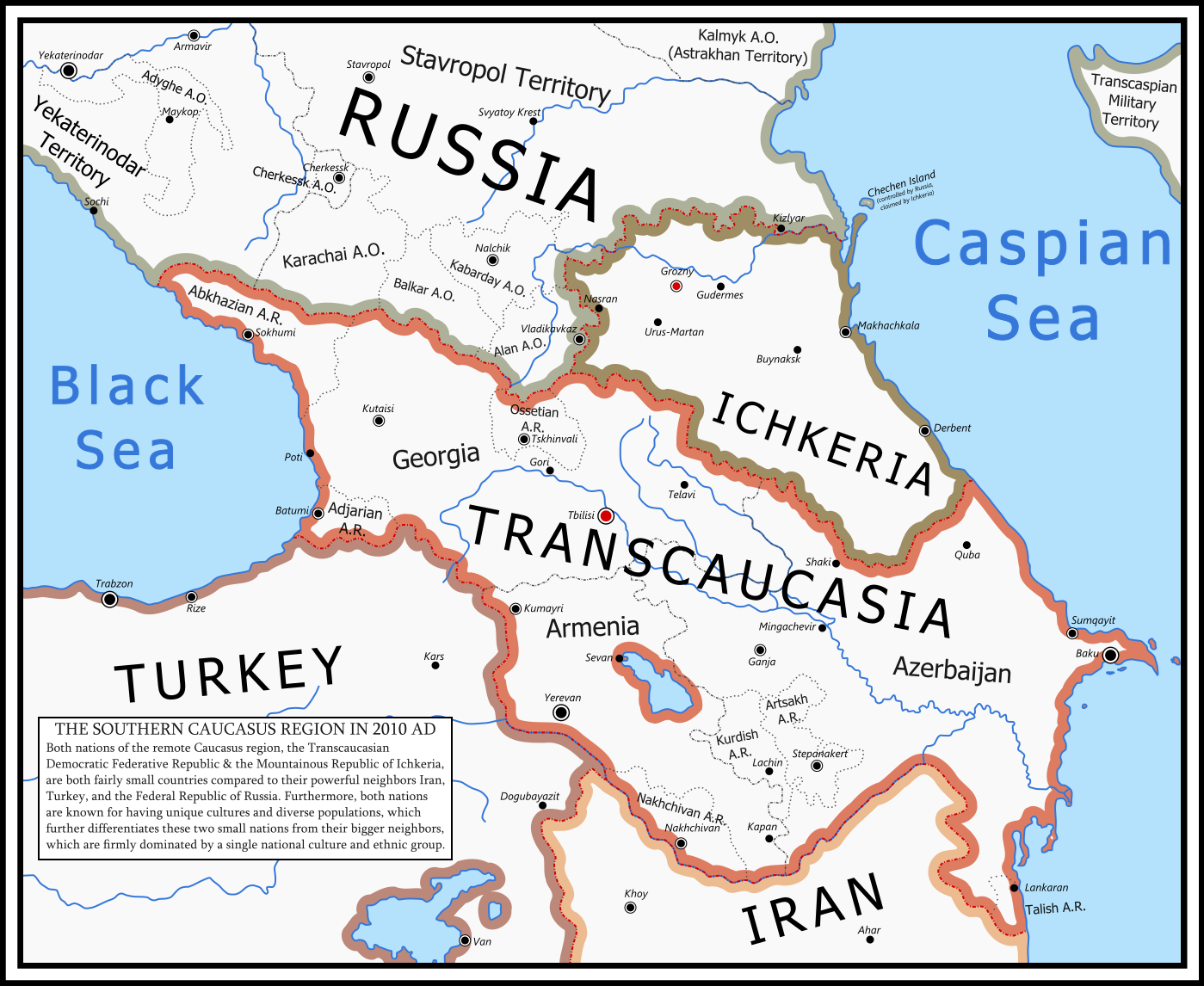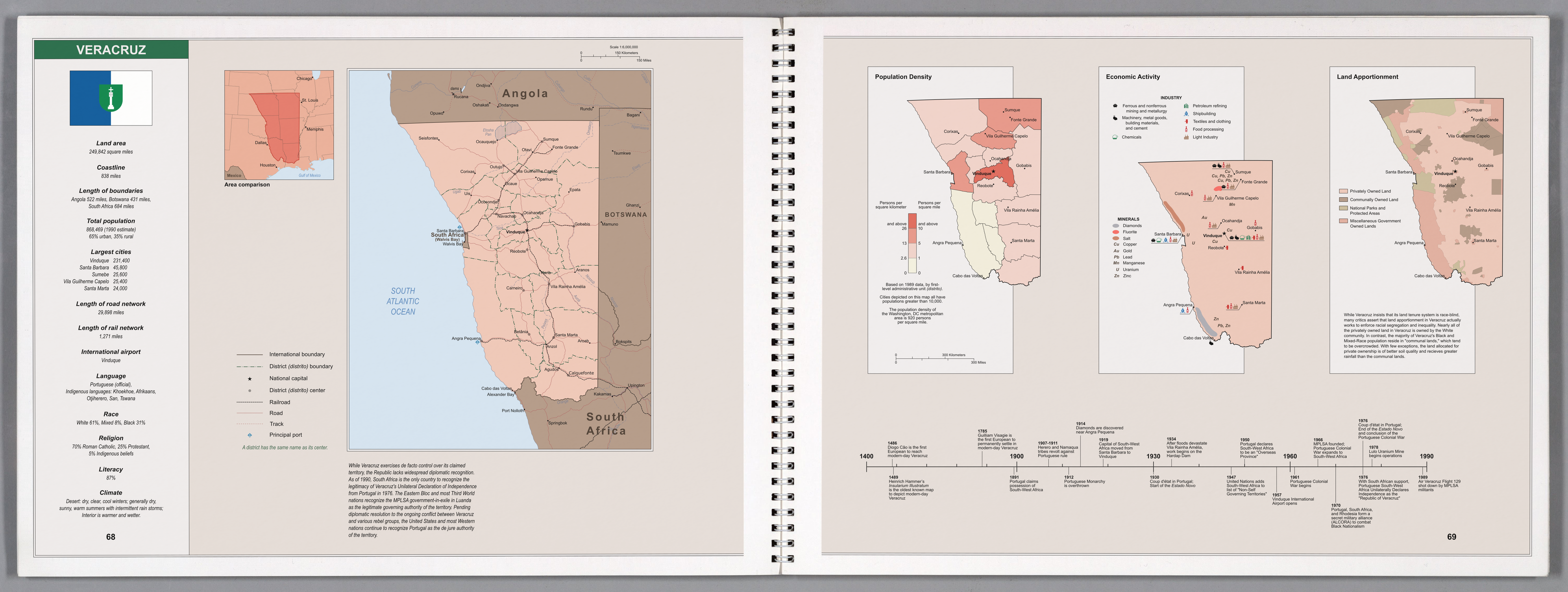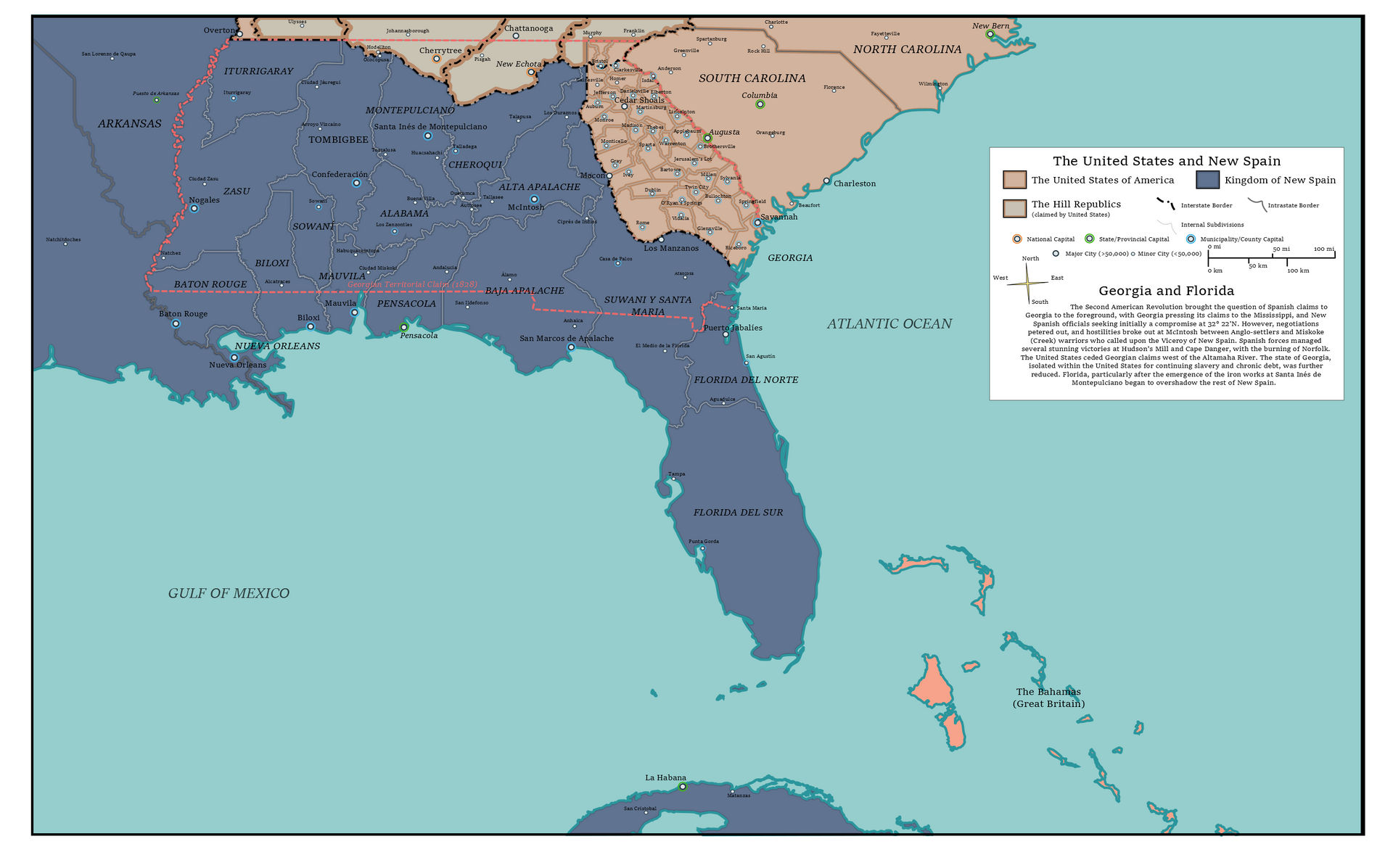“Poor Shuewan prefecture, so far from God, so close to Hong Kong”
Mayor Thérèse Oiselet
(Pronounced Shueh-Huan because of overcorrection. The name comes from the Shuiwantou Bay, the small Eastern bay)
Shuewan is a French possession on the Pearl River’s delta. Northern to Hong Kong, and Western to Macao, the city never took off as Hong Kong did. The city was exchanged for advanced technology between Louis XIX de Bourbon-Orléans and the Chinese dowager empress Cixi. The deal was done in 1874, and an Administrator arrived in September. The city become a small trade point for French merchants, even though Macao and Hong Kong were both bigger and more adapted to big ships.
It didn’t grow very large until in 1891 the Mayor Lucien d’Albret decided that the city would be less regardant towards semi-legal things such as brothels, underqualified medical care and counterfeit goods. Many artists, singers and writers started to talk about this place as the “Pink city”, but not talking about the colour of the walls. Hongkongese who couldn’t afford healthcare or other services were going to Shuewan, and the economy of the city developed in these unsafe conditions.
The city soon became unsafe and had to deal with crippling corruption. The King didn’t even went through the city during his Asian Tour of 1901, because he was ashamed of it, and neither the neighbouring cities or the Chinese Empire wanted of it. The Town Hall was burned by a criminal fire and rebuilt. Even the tiny chapel was used as a place for counterfeit selling when the night came.
And then Thérèse Oiselet was elected Mayor in 1921. She arrived with the wave of immigrants who fled the post-WW1 poverty. She was elected upon her program of “Security, Benevolence, Virtue”, and received help from a Catholic mission in Hanoï and a protestant mission from Tahiti. The Catholic Sisters will deal with Healthcare, the Protestant would educate the masses, the Town Hall would give them a job.
The city was “grounded”, to quote Sister Yolande, as a child would be, walls were built around the city to avoid people getting in the city and feeding the organized crime, and a curfew was decided at 9pm so that people couldn’t go to the brothels. To give everyone a job, parks were built, woods were planted, the Sisters taught the workless to sew. Some hills were terraced so that people could produce food instead of importing it, and a Botanic Institute was created to develop plants that could grow on polders while providing foods.
The “Eastern Pigalle” became, in a decade, a beautiful city with prestige and that could even resist the Black Friday better than most of the world. An immigration wave from Limoges, Nice and Cannes replenished the city a bit more, and manufactures were created, with the knowledges of both French and Chinese chinaware makers. Actual funding was sent by the French government that started to acknowledge the existence of the city. The Pope gave the authorization to build a Cathedral, and the symbolic name of Madeleine was chosen, the show how the city had been redeemed because it dared hoping for a better life.
The curfew was finally lifted in 1935, and the city became a centre of tourism: the aquarium and the Promenade des Niçois were inaugurated as a collective effort and it’s exploitation by the Town Hall helped the administration to reimburse it’s debts. Several small turbines were created to power the city lights without poisoning the people, and the Maraîcherie (a neologism created from the maraîchers, the people who sell fruits) began the give it’s first shrimps, fishes and seaweeds.
The city was left to the Japanese during WW2, but under the very careful watch of the Mayor, who refused that the soldiers enter inside the walls of the city. The Synagogue was burned down to pretend that Jews left the city a long time ago, while they were hidden in the caves of the nun’s convent. When the Japanese had to retreat in 1944, they couldn’t burn the city or sack it due to the heroic resistance of the inhabitants.
After the end of WW2, the members of the Qing Dynasty that didn’t participate to the government of Manchukuo or the military invasions were allowed to stay in the city, and the Neighbourhood soon took the name of Quartier des Mandchous, and the middle school that was built with their funding was named the Tseu-Hi Middle School. Soon, the educative system was reformed to get everyone a complete scholarship.
During the 60’s, the city became an important touristic place again, cafés, hotels and small shops began to spring all around the city. The Bicycles and Tuk-Tuks imported from Indochina became important ways of moving through the city. It became a very populous place, with many flats with 3 to 8 floors, and small theatres and shops under housings. Shuewan Plage was also created by blocking some of the small valleys to create a reservoir. This decision due to the pollution of water by Chinese industry. The city also became the centre of the Chinese ecologist movement, due to the well managed state of the ecosystems in Shuewan.
Today, the city is still a French prefecture, and the people join the city through the HKSM Airport: Hong Kong-Macao-Shuewan. The Socialist-Ecologist government of the RPC has decided to normalize the relationships with Taiwan, and the meeting occurred in Shuewan, due to the historical tights between the city and the two governments. The city is mostly autonomous, and people are strictly checked to have neither weapons or illegal substances before they enter through one of the doors. The GDP/capita is smaller than in Hong Kong however, and the 35 000 inhabitants don't compare with the Hongkongese 4 millions.
Main touristic features include: the Ecumenical Choir, that performs songs every sunny afternoon during summer; the Promenade des Niçois and the Shuewan Aquarium, that has the last group of pink dolphins (they are working with several Chinese and European Institutes to reintroduce the dolphins in the Chinese rivers, but it will be complicated); the animated Petite Baie district, with cafés, music halls and it’s musicians; the Halles marketplace, that will provide you with local freshly grown food; the different woods and parks; and the shows at the Toulouse-Lautrec cultural center.
(Sorry for the French words, but I was feeling that it would look odd in English as it was a French city)




